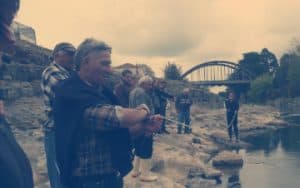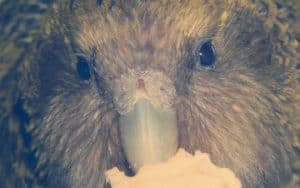
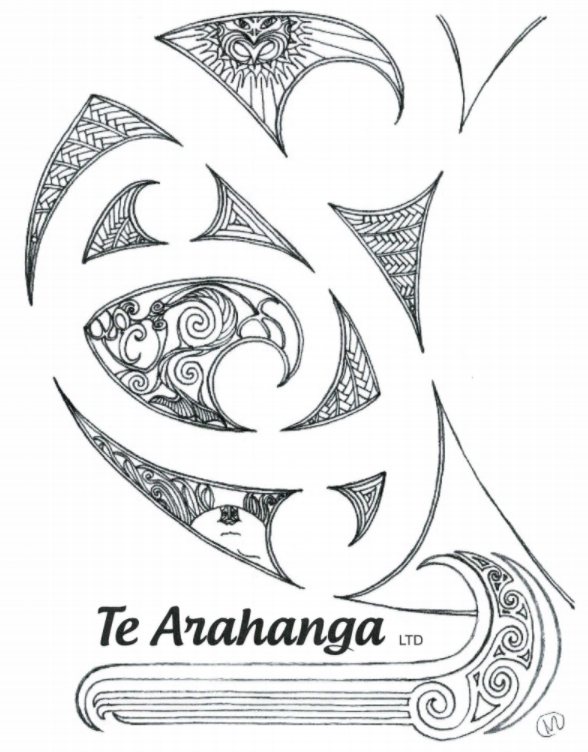
Module One; Part 1
Module One; My Project Guidelines
When considering my project, I would need to decide several things.
- What is the most important thing in the taiao that I would like to protect and enhance?
- What is the most important thing for my whānau, hapū and Iwi in the natural world now?
- How do I choose which is the project for me to do? . Who are my kaumatua that can guide me? Who are my natural partners in this project?
- Once I (or we) have picked a project how do we go about creating an implementation plan Who are the potential funders for this plan?
- How do I keep this project tuturu to the principles of Te Ao Māori?
If you start working on these questions you are well on your way to establishing your plan. Our skilled tutors are only a zoom conference or a phone call away.
Appendix one, Question Guidelines for established project interviews.
Social Guidelines.
- What was the like when you were growing up?
- Do you still fish / swim? at the as the lake, estuary, moana or river whanau What is the impact of the project on the whanau, hapū and Iwi? What is the impact of the Wetlands on the whanau, hapū and lwi?
- Are there alternatives to your project?
- How has the (Lake? the lake, estuary, moana or river) helped with flooding historically?
Cultural guidelines
- What tikanga guides traditional practices around fishing at the lake, estuary, moana or river Are there cultural sites around the that re the lake, estuary, moana or river require protection?
- What pūrā kau and tawhito korero are there associated with the lake, estuary, moana or river Which of these pūrākau and tawhito korero can be shared?
- Has the degradation of the lake affected the ability of the marae or the whanau and hapū to feed their manuhiri?
- Can the whanau and hapū still kohikohi kai from the lake, estuary, moana or river Does your whanau, hapū or lwi have complete kaitiakitanga over the or how does that participation look
Environmental guidelines the lake, estuary, moana or river
What is the ika population like in the lake, estuary, moana or river
- Is the water healthy in the lake?
- What were the traditional plant around the lake, estuary, moana or river? What rongoā plant existed around the lake, estuary, moana or river Does the health of the lake, estuary, moana or river the affect the surrounding echo systems health?
- Are their species that the whanau and hapū of Whakaki consider taonga in the lake, estuary, moana or river?
- How has the water quality been managed in the traditionally?
Economic guidelines
- Do the whanau, hapū and iwi have businesses the lake, estuary, moana or river Are there species in the lake, estuary, moana or river commercially harvested?
- Should the lake, estuary, moana or river become a non–commercial fishing zone?
- Are there other assets around that need the lake, estuary, moana or river to be protected?
- Does the runoff from the farms affect the quality of the lake, estuary, moana or river?
- What is the potential industry that could be placed around the lake, estuary, moana or river?
Module One: Part 2
Working with the Archaeologist
Nga Mahi Huakanga
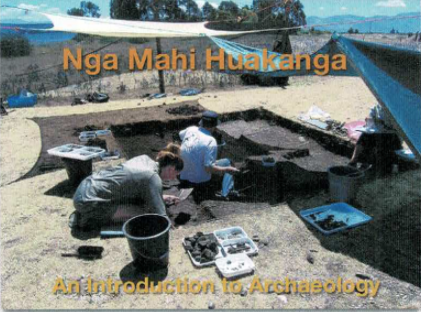

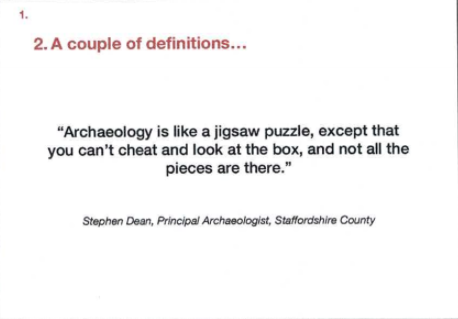



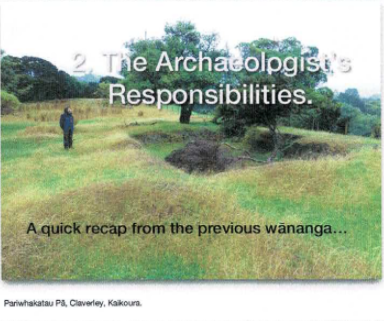
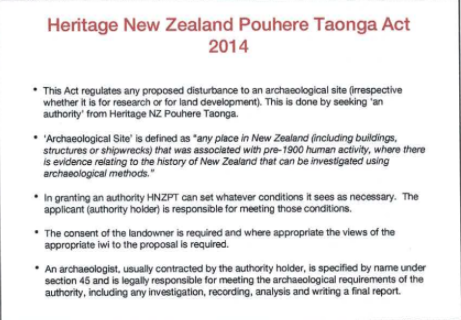
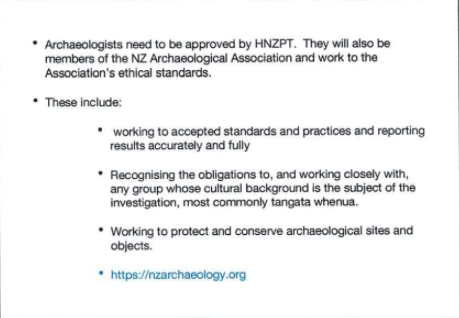
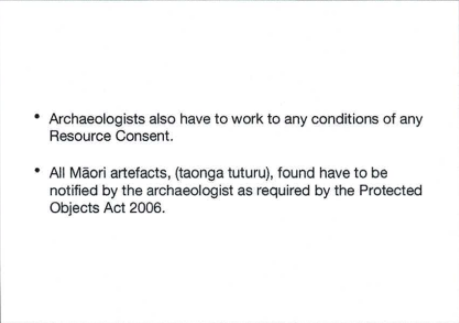
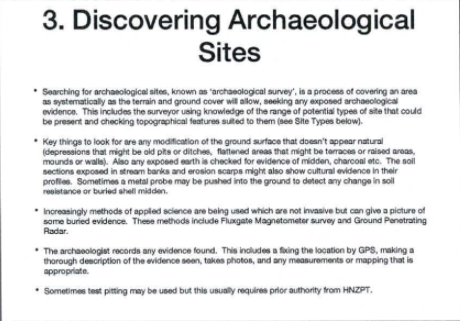

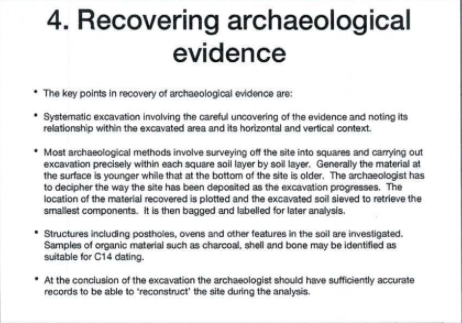
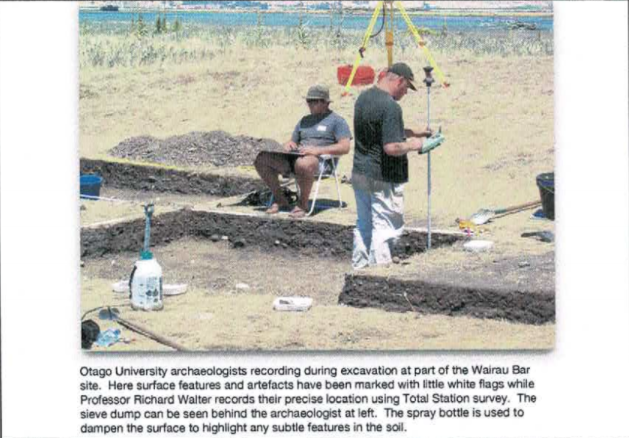
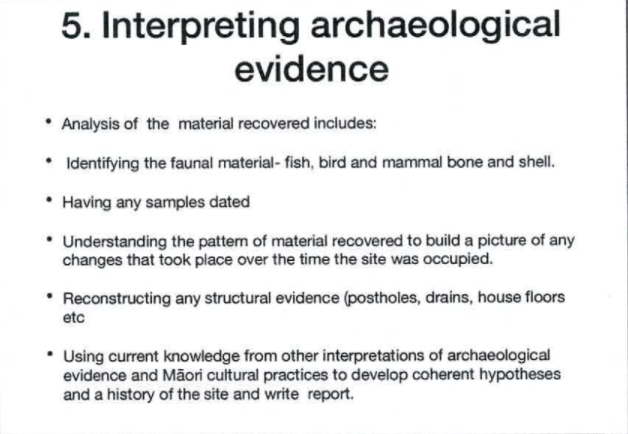
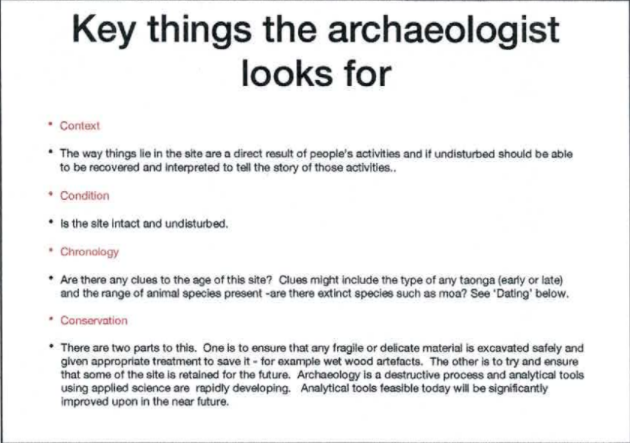

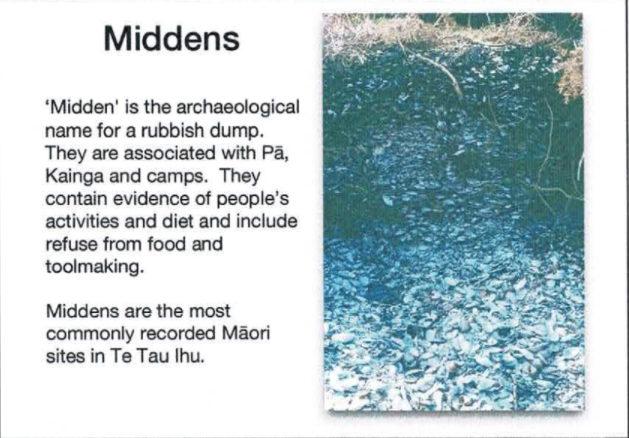
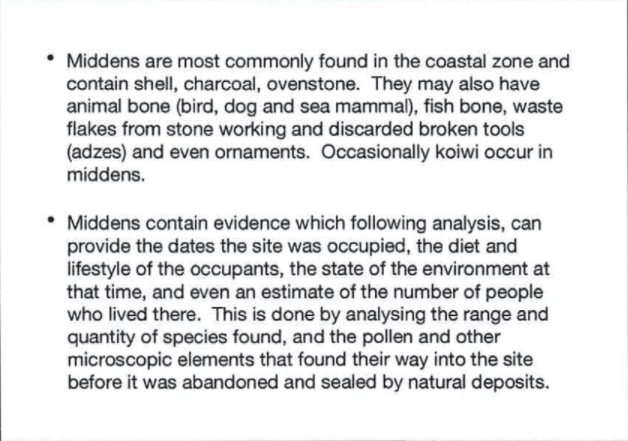
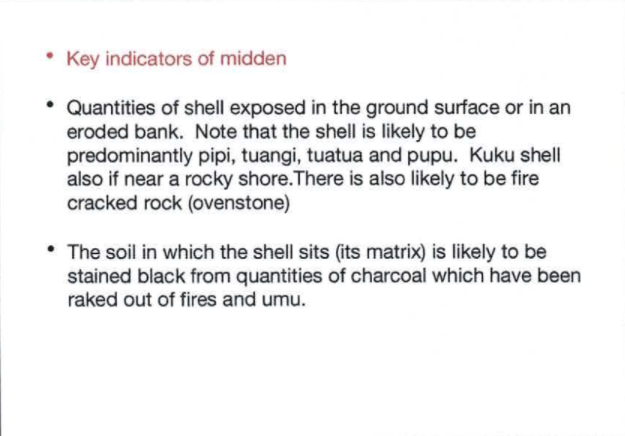
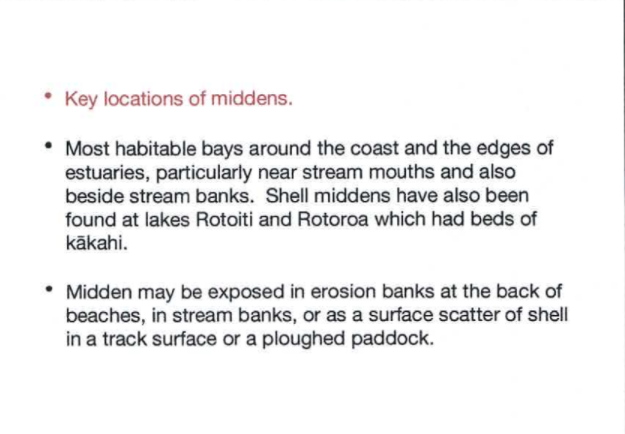
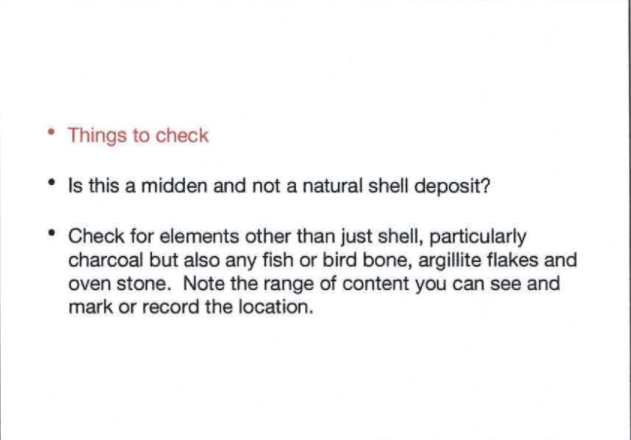
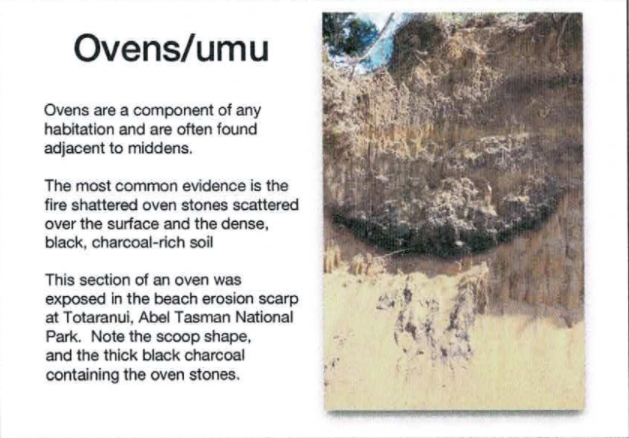

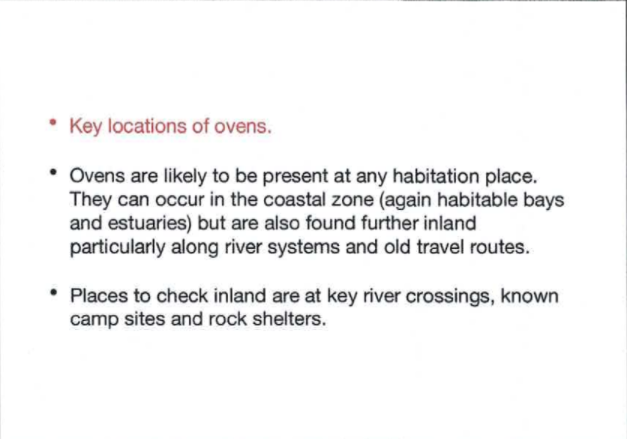

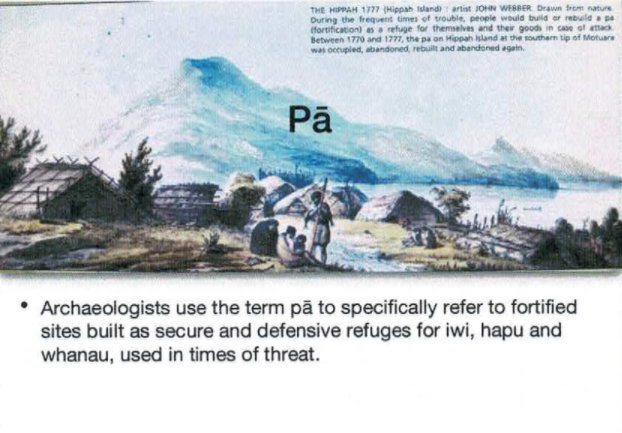
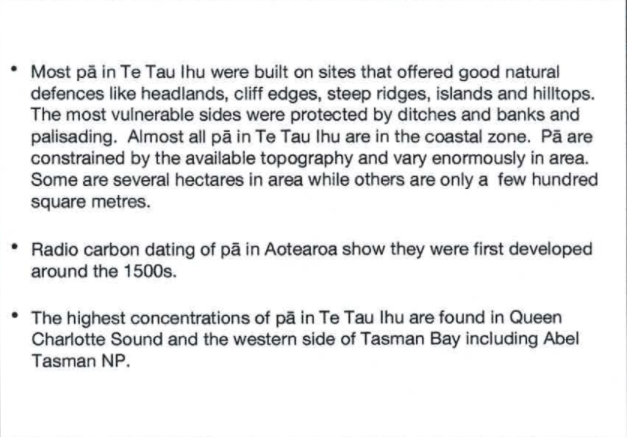
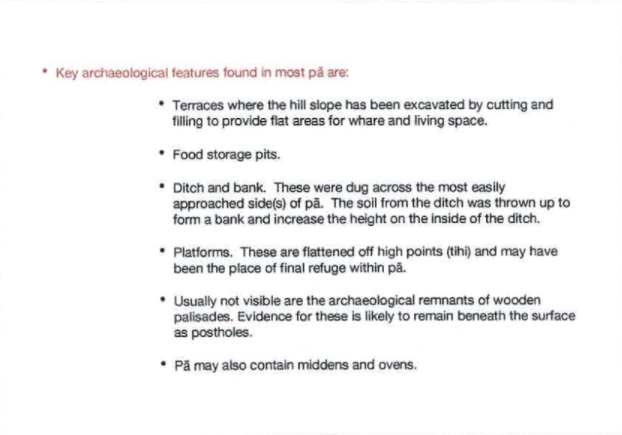


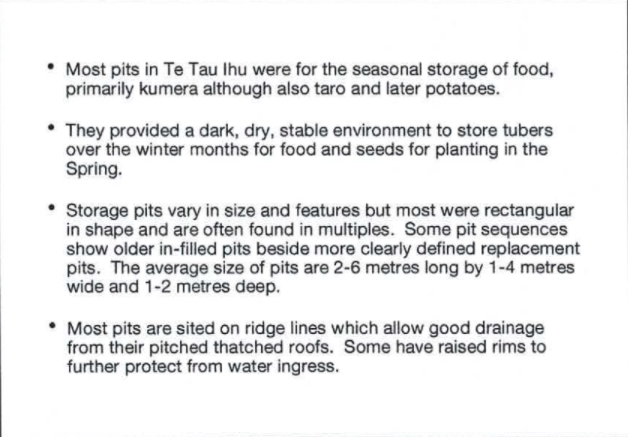

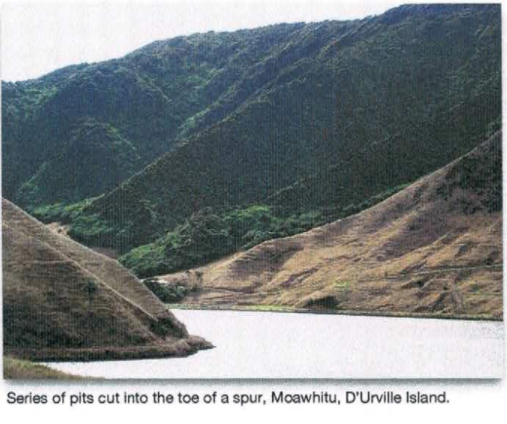
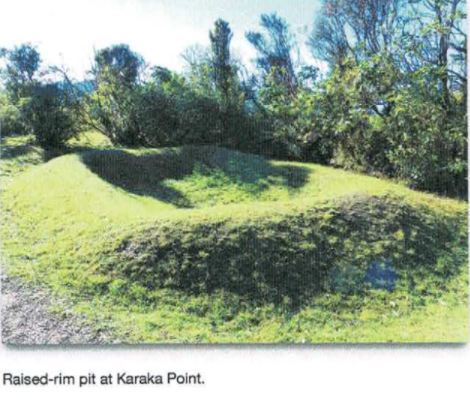
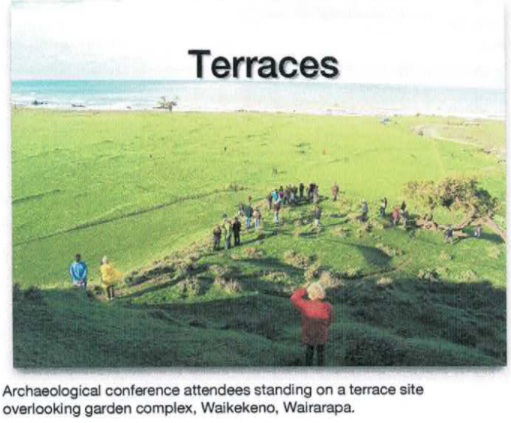

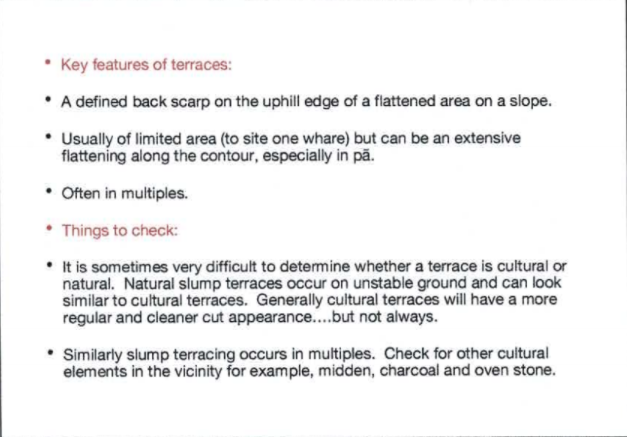

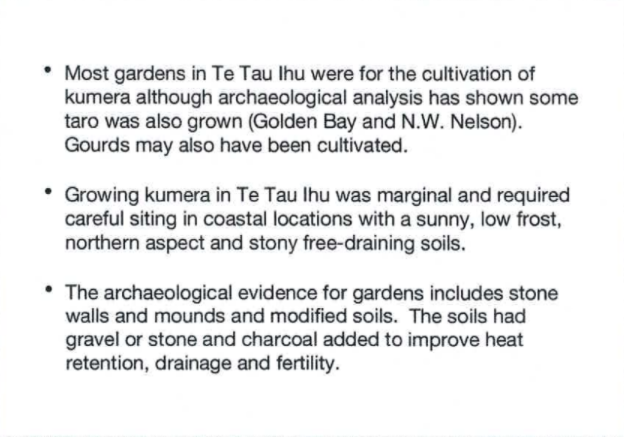



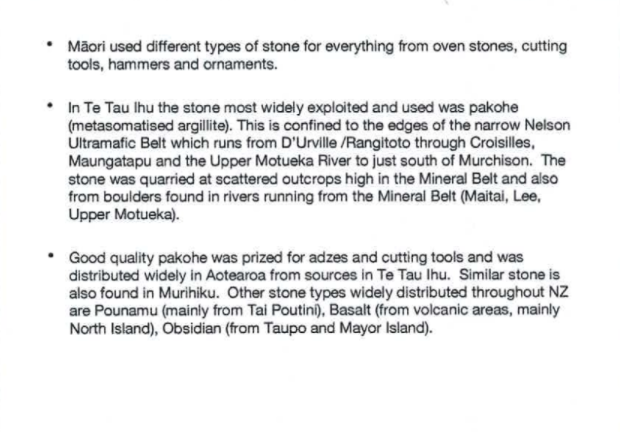
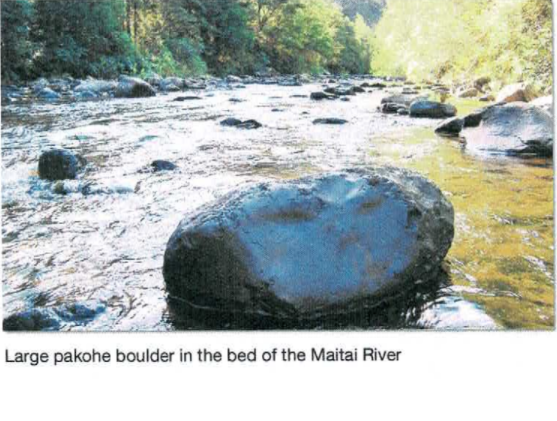

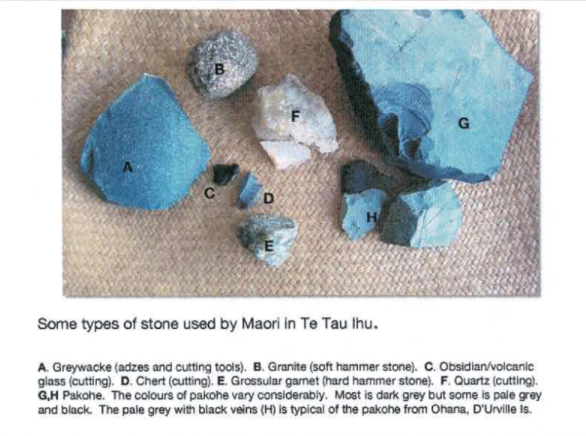

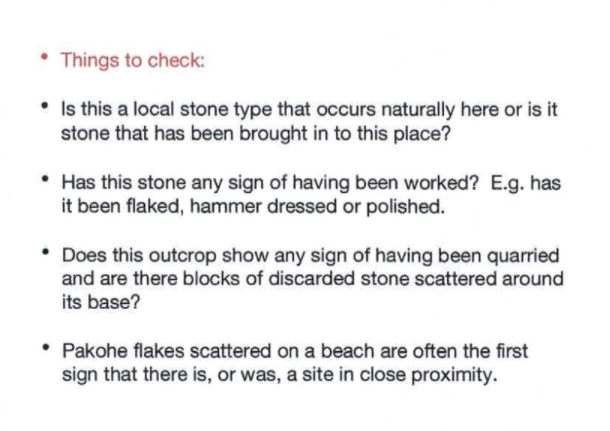


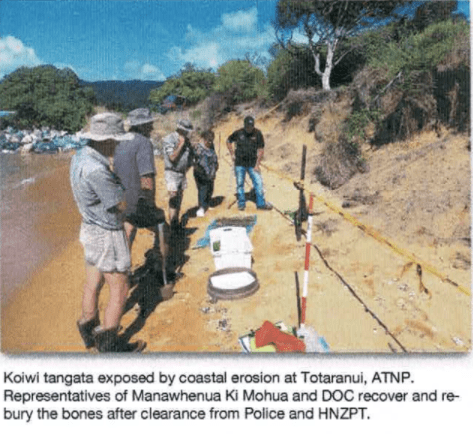
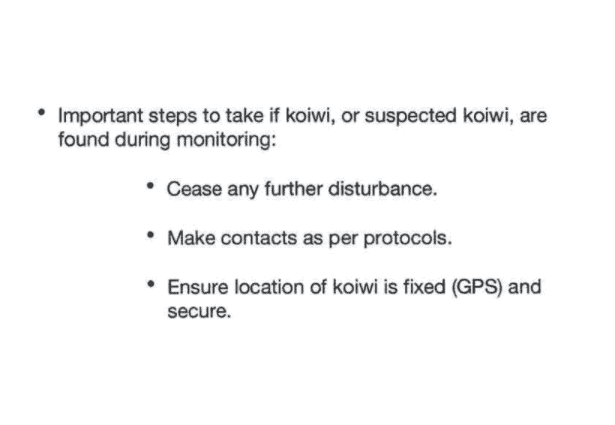
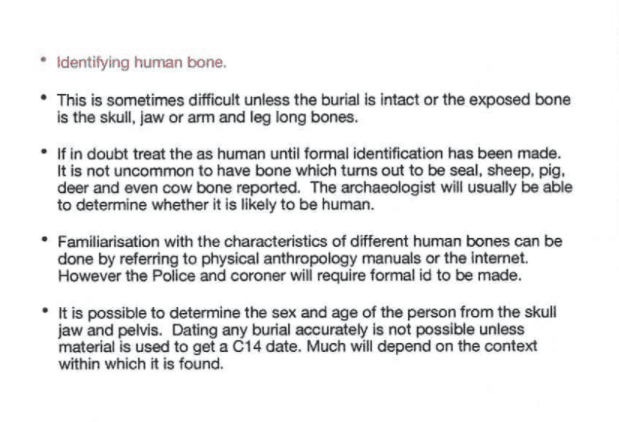

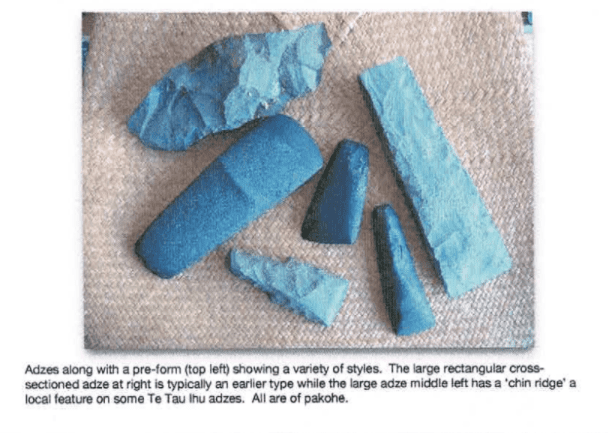
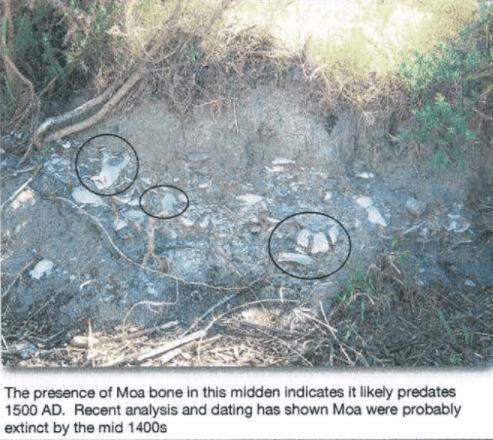
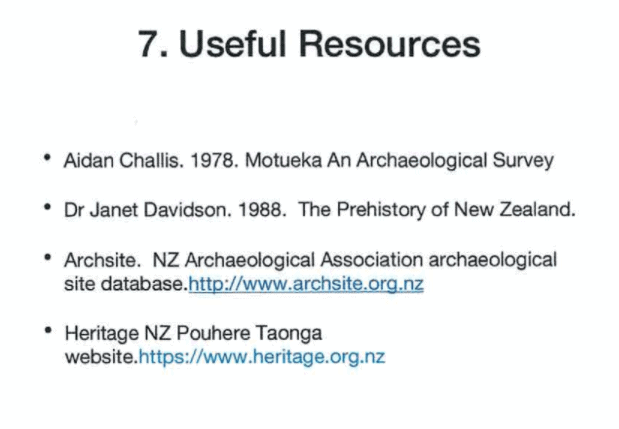

- Module One; Part 3 Skills of a Cultural Monitor Nau mai Haere mai ki Te Arahanga Cultural Monitor Training
1. Cultural Monitor Training
Topics Principles of Cultural Monitoring work
Ka tu Te Whare o Rangi rāua ko Papa
- That sustainability of all Rangi and Papa‘s tamariki are considered in all our decisions.
- Ensure our Kaitiakitanga obligation to our mokopuna and their mokopuna are met.
- Ensure that our pūrākau and tawhito korero are understood and respected in all aspects of environmental management .
- We uphold the manaaki tikanga of our Tūpuna by ensuring that our Treaty partners have a insight into our tikanga and kawa.
What is a Cultural Monitor?
A cultural monitor works in the field where any alteration to the natural environment occurs. This could occur in as a subdivision, any alteration to a waterway or a coastal area. The role of a cultural monitor is to ensure that the taonga of Te Ao Māori are preserved and protected as they are discovered. The cultural monitors role is to ensure that any discoveries are managed in a culturally appropriate way and that any alterations to the natural world are carried out in a way that is inclusive of Mātauranga Māori consistent and with inclusion of Tikanga Māori.
The tikanga (way of doing things) of cultural monitoring is to ensure safe cultural practices for both Māori and non–Māori on site. For Te Arahanga this means upholding the tikanga and kawa (what we do, from a cultural perspective) of the haukāinga (home people) and our Tūpuna who passed before us. Kaitiakitanga is defined in this context, as looking after the natural environment for our moko and their moko to come.
Non–Māori may transgress on tikanga without realising it, therefore, cultural protection will be part of the Cultural Monitor‘s job. It is important to recognize that a cultural monitor will be working alongside archaeologist and scientist who rely on the cultural monitor to guide them through safe cultural practices,
It is also important for haukāinga or lwi representatives to be advised of such discoveries and offered the opportunity to suggest a process for reinterning kõiwi and taonga.
What are the skill sets that a Cultural Monitor needs?
- Be observant – the natural world has a form of its own, being able to spot alterations to that natural form will provide clues to potential discoveries.
- Ensure your behaviour on site is culturally appropriate – You carry the mana and, in time, the mātauranga of your whanau, hapū and iwi to your tasks.
- Be aware of the health and safety processes around you.
- – You will be working around heavy equipment and excavations. Be aware of your surroundings at all times Ensure you are fully informed on the project before you go on site – as a monitor you have two sets of mātauranga; a knowledge of the project and whatever tawhito korero and purakau you discover about the site. Both are important parts of the job.
- Be able to identify potential sites of cultural significance ––As with all things in the natural world there are indicators which can tell a story and to be successful you must think back to the approximate time of occupation and what would have been the priorities at that time. Clear concise reporting
Tasks of a Cultural Monitor
- Cultural Monitors are responsible for monitoring all excavations and earth works on sites, ensuring the natural world is minimally impacted upon and ensuring the cultural safety of all those on site.
- Cultural Monitors will be responsible for ensuring any material or discovery revealed will receive maximum protection both in Lore and in Law and that any environmental works are minimised and reflect cultural concern.
- All appropriate Iwi and haukāinga should be notified of monitoring and be invited for supplying any korero tāwhito (historical information) they think is relevant to the site.
- The Cultural Monitors will be responsible for ensuring both legal and tikanga processes are followed in the event of a discovery.
- The Cultural Monitors will also be responsible for ensuring that the conditions of the Resource Consent (particularly the cultural conditions) are being met.
Working with Specialists
Cultural Monitors are responsible for the tikanga and kawa onsite, this may include working with archaeologist, contractors and scientist. The principal point of contact are usually the archaeologist and the contract team (usually the digger driver). Working with Archaeologist may include (but is not limited to) exposure of kõiwi, unearthing taonga, locating former sites of occupation and assisting with excavation. The Archaeologist tool kit is made for delicate exposure and the Cultural Monitor would benefit from learning this approach. It is important to remember Cultural Monitors work with the Archaeologist not for them. When working with a machine operator or contractor health and safety is paramount. Cultural Monitors must learn and agree with the contractor / operator on hand signals and location of the monitor during excavation.
Working with specialist continued: The Archaeologist
An archaeological site is defined as any place, building or structure that was associated with human activity before 1900. All archaeological sites are protected by law (Heritage New Zealand Pouhere Taonga Act 2014). An Archaeologist‘s main role is to determine the risk that earthworks will impact on archaeological sites, and if the risk is high enough, to help clients through the process of getting an Authority. The Project Archaeologist is known as the S45. They are legally responsible for monitoring, investigating and recording anything that shows up, to industry standard. Archaeologist work alongside the Cultural Monitors, but we have different roles. A Cultural Monitor works under the provisions of the RMA, with a wide brief of protecting cultural values associated with tikanga, taiao and taonga. The Archaeologist works strictly under the provisions of the HNZPTA.”
2. Cultural Monitor Reporting Topics Cultural Health Indexing report A cultural health indexing report should provide a snapshot of the environment at a given point in time. This snapshot should include (but not limited to) water quality, kōhanga areas for fish and indigenous flora and fauna and should inform the reporting for Cultural Impact Assessment These reports are usually created at the direction of a resource consent application and prior to the consent being granted. This report should be made available to all cultural monitors if the resource consent is granted. The Resource consent will inform Cultural Monitors of environmental factors to observe while monitoring and the Cultural Impact report
A Cultural Impact Report identifies all aspects of cultural impact that are made by any modifications to the taiao. It should establish the connection of the whanau, hapū and Iwi to the rohe (area) and provide them with an opportunity to identify cultural imperatives for the whanau, hapū and iwi. A good cultural impact report should also provide for the cultural, social, environmental and economic effects on iwi. It also provides an opportunity to review all plans and reports through a cultural lens. It should also remind the agencies, Local and Central Government of their obligations under Treaty Settlement Legislation and provide the agencies with enough information to mitigate against negative cultural impacts
Skills of a monitor contd: Cultural Site Identification When working on cultural sites or potential cultural sites there are geographic features that may provide clues to an existing cultural site. These clues may include but are not limited to;
- Is there potential to land a waka close by, is there a natural harbour there
- Are there flat areas close to water sources that may have been a mara (gardens)? Is there a uniformity in the landscaping that might suggest alterations?
- Are there any burnt looking patches on exposed soil that may indicate a midden?
- If there is a midden around the area you should also be looking for a kainga (house / settlement) site within a reasonable proximity to the midden.
- As a Cultural Monitor you will need to be aware of the traditional methods of honouring kõiwi (skeletal remains) because if you have the above factors as features then you may have kõiwi in proximity The clues of settlement remain in the knowledge of how the kainga, Pa and the Iwi, hāpu, whanau who resided there met their needs. Ensure you have had a safety induction and done your daily hazard identification.
